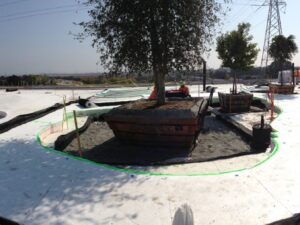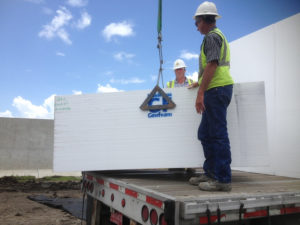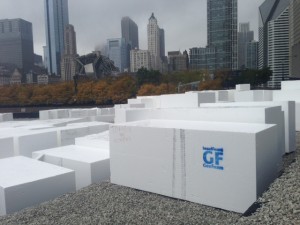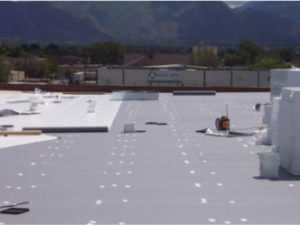Originally posted on Roofing Magazine’s website

Facebook’s Frank Gehry-designed MPK 20 building sports a 9-acre green roof using EPS geofoam from Insulfoam.
For most of the past century, the rooftops of commercial and institutional buildings have largely been places to locate unsightly mechanical systems. Architectural treatments, such as parapets and screens, provide visual relief from such equipment. Now, roofing professionals and building owners increasingly look at the roof as “found space”—a place to be planted and used, instead of hidden.
Throughout the U.S., garden roofs (or living roofs) are growing in popularity with more than 5.5 million square feet installed in 2014, according to Green Roofs for Healthy Cities. Most of that total was for private rather than public projects, indicating this is not just a government trend. In addition to providing attractive and usable open space, garden roofs offer environmental benefits, such as helping to slow and filter urban run-off.
Some of America’s largest companies have installed green roofs. Ford’s Dearborn, Mich., truck plant final assembly building sports one of the world’s largest living roofs at 454,000 square feet. In 2015, Facebook opened its MPK 20 office building in Menlo Park, Calif., with a 9-acre living roof featuring a 1/2-mile walking trail and more than 400 trees.
If you haven’t worked on a garden roof yet, it is likely only a matter of time until you do.
Read more on Roofing Magazine’s website about addressing the challenges of garden roofs and how Facebook’s MPK 20 building used geofoam on it’s roof garden.





